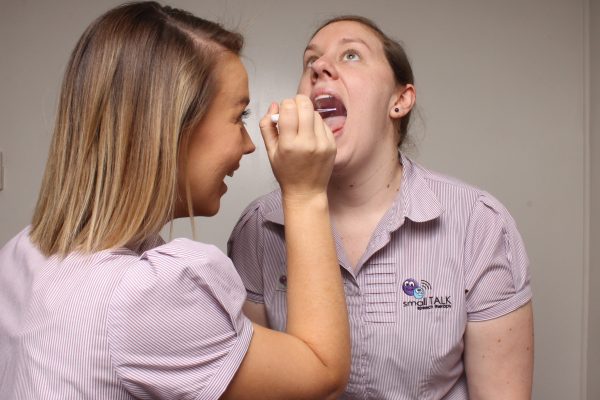
According to the International Association of Orofacial Myology, about 38% of the general population and 81% of kids with speech problems have an Orofacial Myofunctional Disorder.

OMT focuses on re-training the nerves and muscles of the mouth and face for optimal function. The aim of OMT is to re-establish the function and tone of the face, tongue, jaw and neck muscles to address disorders which directly impact speech, dentition, chewing, swallowing, proper tongue positioning and nasal breathing.
In OMT these issues are known as Oro-facial Myofunctional Disorders (OMDs) and can greatly impact an individual’s overall mental and physical health.

OMDs arise when the muscles of the mouth or face are regularly used in an atypical way that interferes with normal growth, development or function of the mouth and face.
OMDs may involve abnormal tongue and lip resting posture (mouth breathing, tongue thrust), bruxism (teeth grinding), oral habits such as nail biting and thumb sucking, atypical chewing, tongue thrusting while swallowing, lip incompetency and tethered oral tissues (tongue and lip ties).
Research suggests that OMDs may be caused by improper oral habits such as thumb sucking or finger sucking, a restricted nasal airway, structural abnormalities, developmental or neurological abnormalities and hereditary predispositions.
Most individuals with an OMD have a combination of symptoms and causes. The most common signs are a habitual open mouth posture, digit sucking, poor oral habits, improper forward tongue position at rest, improper chewing, and incorrect speech patterns.

You can search for an OM trained practitioner here
